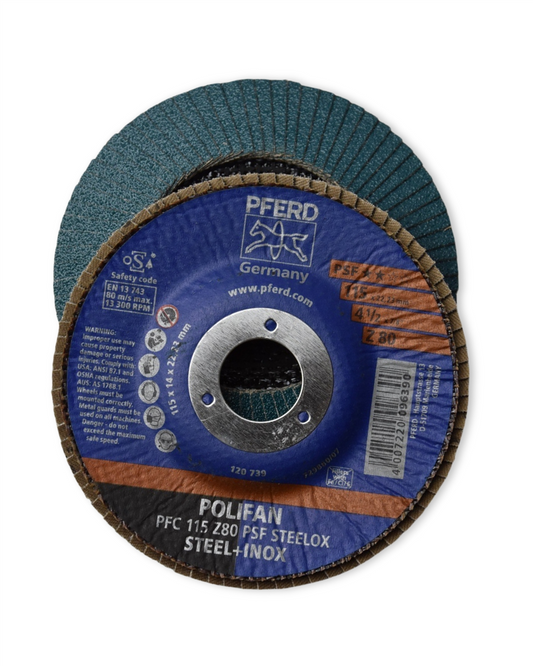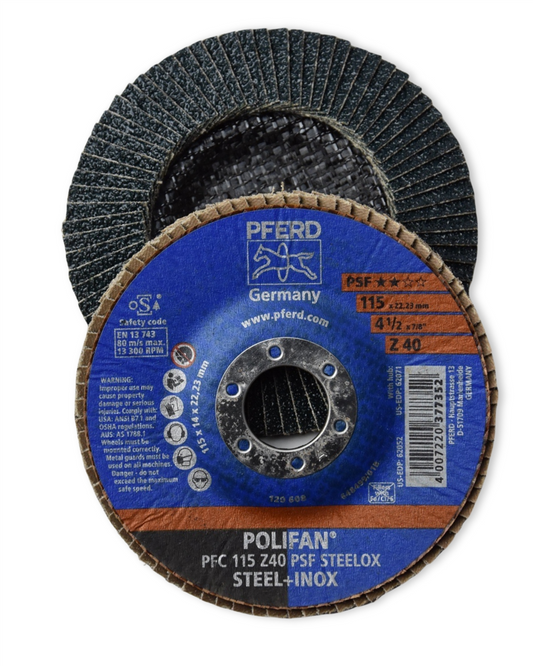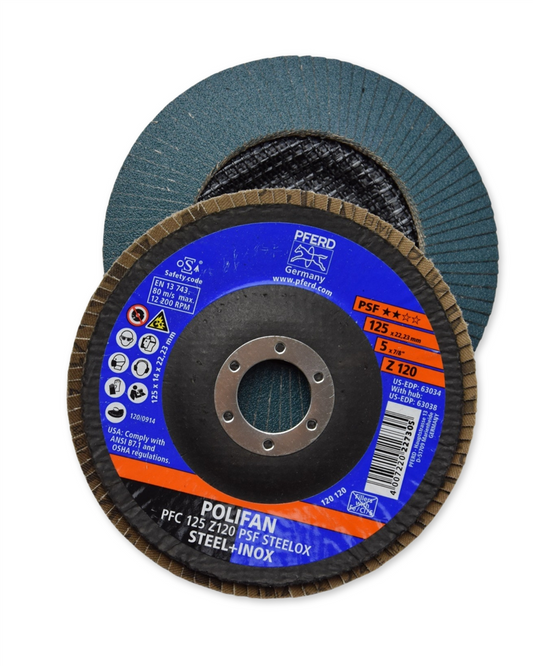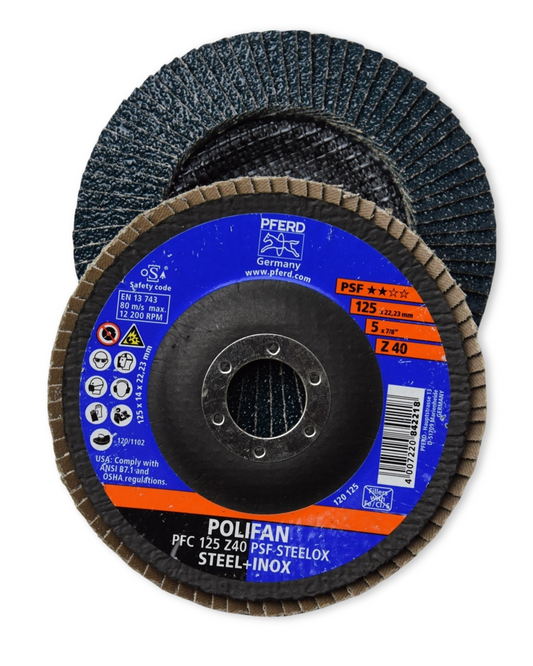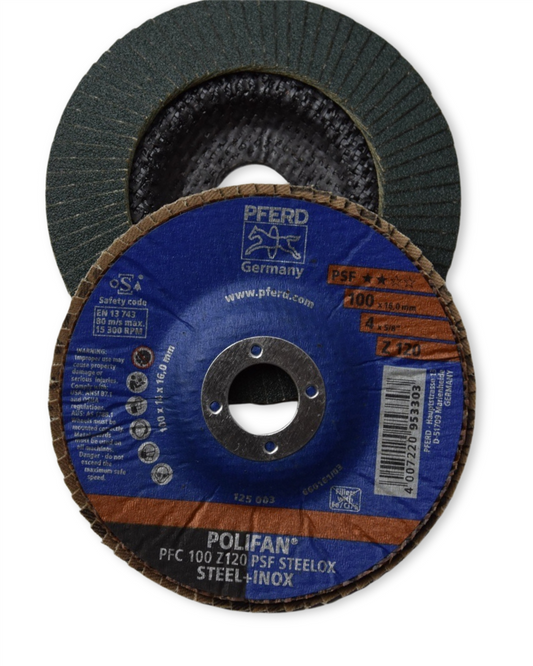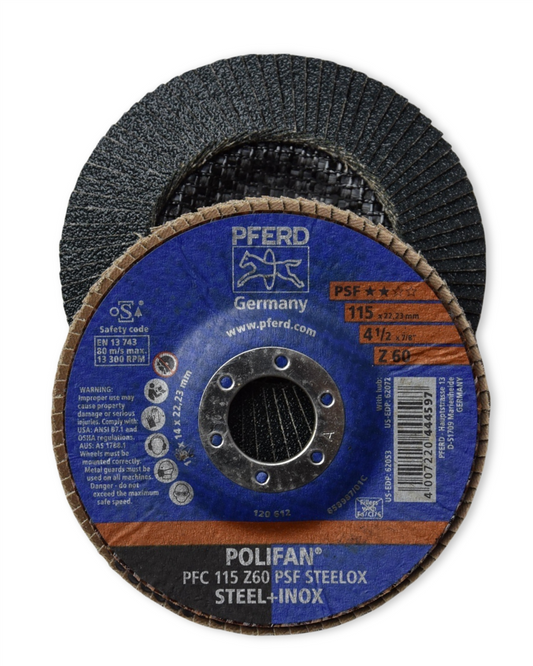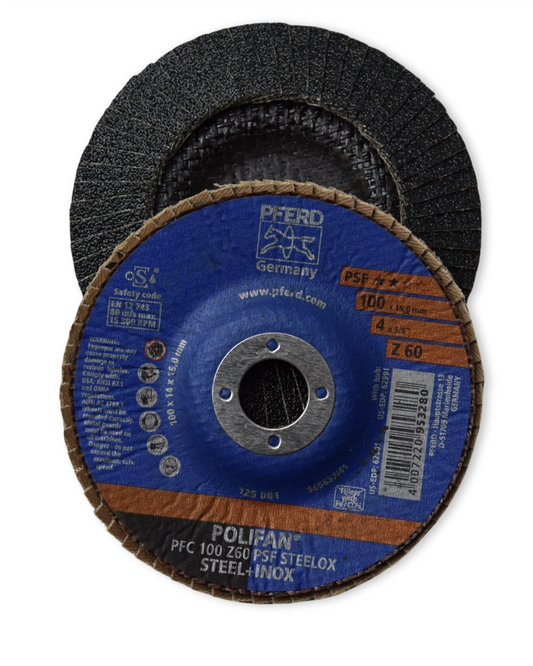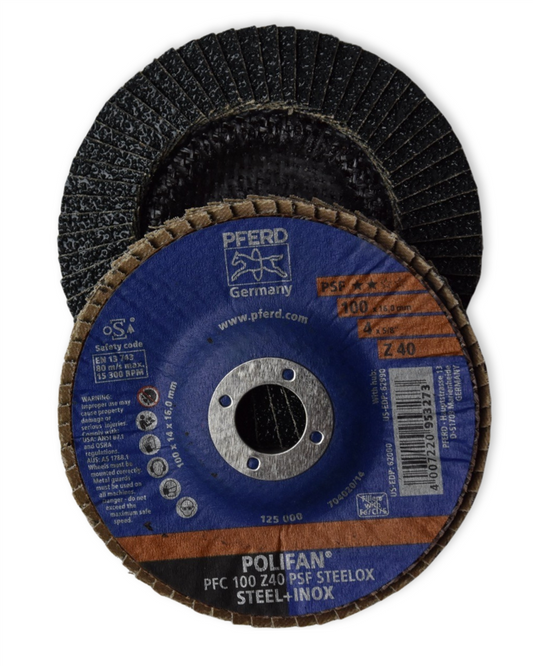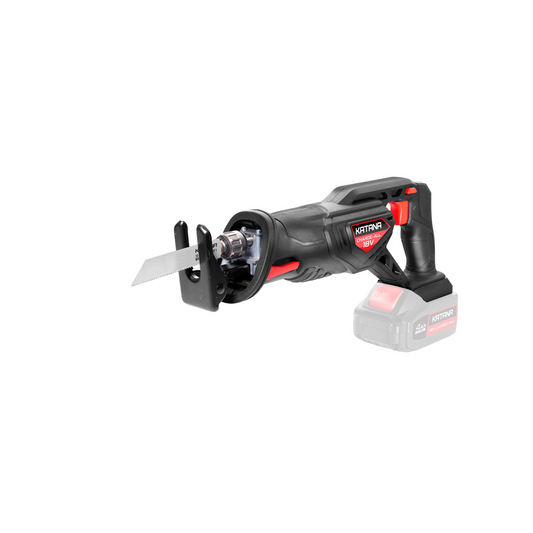Grab the wrong spanner and you won’t just strip a bolt — you’ll lose time too
Share
Get the Job Done Right: A Straightforward Guide to Spanners for Home Repairs
They look the same — until you round a bolt or split your knuckles
In the world of household repairs, there’s one truth that hits hard after a few bungled tries: using the wrong tool doesn’t just slow you down — it bites back. Spanners look alike to the untrained eye, but choosing the right one can be the difference between a smooth fix and a stripped mess.
Whether you're tightening a hinge, loosening a rusted bolt under the sink, or tweaking a garden gate, knowing your spanners is like knowing your way around a good cuppa — it just makes life easier.
So, what is a spanner exactly?
A spanner is a hand tool used to turn bolts and nuts. It grips the flat sides of fasteners, giving you the torque to tighten or release them. A true staple in the kit bag, especially when things need to come apart or stay put without budging.
Types of Spanners Worth Knowing (and Owning)
Truth is, there are dozens of spanner types, but here’s the shortlist that gets most household jobs sorted:
- Open-End Spanner: Great for tight spaces where you're working side-on. It’s quick, but can slip if you're not lined up just right.
- Ring Spanner: Fully encloses the fastener, offering good grip and reduced risk of slipping. Ideal for tougher, rustier bolts.
- Combination Spanner: One end open, one end ring. Best of both worlds — and probably your everyday go-to.
- Adjustable Spanner (Shifter): One spanner, many sizes. Handy when flexibility matters, but beware — the jaws can wear out if mistreated.
- Socket Spanners: A socket and ratchet system that’s lightning-fast for repetitive work, especially if you're dealing with lots of bolts, like in shed framing.
Picking the Right One: A Quick Rule of Thumb
Don’t overthink it — but don’t wing it either. Grab the spanner that:
- Matches the exact size of your bolt or nut (metric or imperial).
- Fits the space available — can you turn it comfortably without scraping the wall or your knuckles?
- Provides proper grip without too much play (looseness).
If you're constantly rounding bolt heads or leaving half a hand behind in the process… it’s not you. It’s the spanner.
"The right spanner doesn’t just turn a bolt — it saves your skin, your time, and your temper."
— Candeece H, DIY Advisor
Working Smarter: Tips for Spanner Use
Once you’ve chosen the right one, a few habits make all the difference:
- Pull, don’t push — safer and more controlled.
- Keep the spanner flat and flush to prevent slipping.
- Use both hands when possible for better control.
- Use penetrating oil for rusted or tight bolts (give it 10–15 minutes to work)
- Clean and dry your tools before storing; rust and dirt are real party wreckers.
Anecdote from the Toolshed
Kev — one of our regulars — came in last month after nearly wrenching his shoulder tightening a gate hinge. Turns out he was using a tiny adjustable spanner that barely held grip. We swapped him onto a proper ring spanner, snug fit. The difference? Five minutes to sorted instead of 35 and a pinch of profanity. Job done. No drama.
How Tight is Too Tight?
This is where many come undone. Over-tightening fasteners can crack fittings, warp threads, or snap bolts entirely. Tighten until it feels firm — then go just a touch more. If you're straining, it's too much. Torque wrenches are helpful if you're after precision, especially on critical fixings like toilets or gas fittings.
What if the Bolt is Stripped or Stuck?
That’s when the frustration kicks in. But there are a few ways to handle stubborn bolts:
- Use a ring spanner: better grip than an open-ended one.
- Penetrating oil: helps loosen rust and gunk.
- Heat it up: on metal only — a small blow torch or heat gun can expand the metal just enough.
- Bolt extractors: for when it’s completely rounded and beyond help.
Are Spanner Sets Worth It?
If you fix more than two things a year, the answer's yes. You won’t always know what size you’ll need until you’re deep into the job. Having a set on hand means less running back and forth, fewer dropped tasks, and more progress where it counts.
A Word on Safety
No, it’s not all safety goggles and steel caps — but treating tools with respect is half the job. Rusty bolts, dodgy angles, or forcing the wrong tool can invite injury. Slow is fast when it avoids rework or worse… the Sunday arvo trip to Emergency.
Wrap Up
Getting to know your spanners is one of those small-time investments that pays off year after year. They’re not flashy, but they’re foundational. Like knowing the exact spot on your fence where the dog always tries to squeeze through — once you know, you know. And you get ahead.
So next time you're elbow-deep in a job and something won't budge, check the spanner first. Might be the simplest fix you've been missing.
Catch you in the aisle with the fasteners,
Candeece

Stay Connected
Follow our Facebook Page: Strathalbyn H Hardware on Facebook



